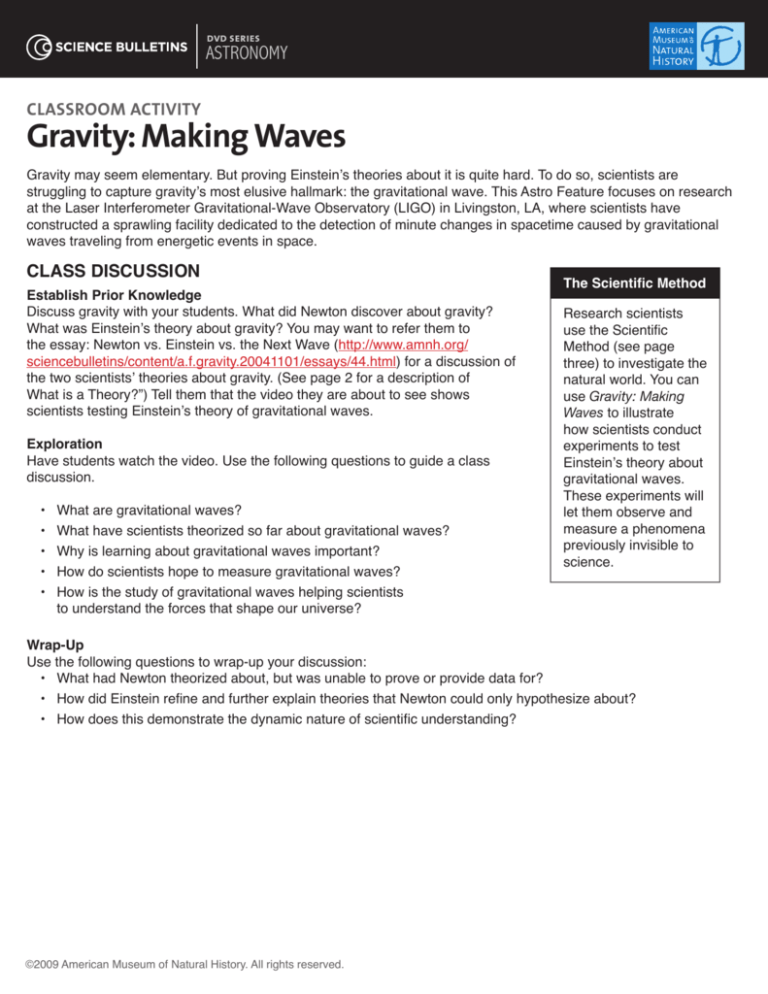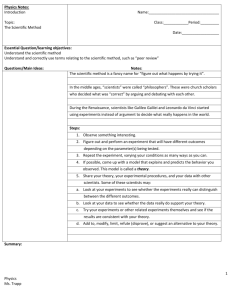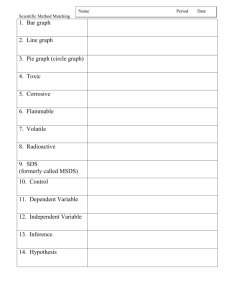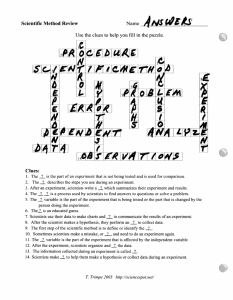
dvd series
Astronomy
Classroom activity
Gravity: Making Waves
Gravity may seem elementary. But proving Einstein’s theories about it is quite hard. To do so, scientists are
struggling to capture gravity’s most elusive hallmark: the gravitational wave. This Astro Feature focuses on research
at the Laser Interferometer Gravitational-Wave Observatory (LIGO) in Livingston, LA, where scientists have
constructed a sprawling facility dedicated to the detection of minute changes in spacetime caused by gravitational
waves traveling from energetic events in space.
Class discussion
Establish Prior Knowledge
Discuss gravity with your students. What did Newton discover about gravity?
What was Einstein’s theory about gravity? You may want to refer them to
the essay: Newton vs. Einstein vs. the Next Wave (http://www.amnh.org/
sciencebulletins/content/a.f.gravity.20041101/essays/44.html) for a discussion of
the two scientists’ theories about gravity. (See page 2 for a description of
What is a Theory?”) Tell them that the video they are about to see shows
scientists testing Einstein’s theory of gravitational waves.
Exploration
Have students watch the video. Use the following questions to guide a class
discussion.
•
•
•
•
•
What are gravitational waves?
What have scientists theorized so far about gravitational waves?
Why is learning about gravitational waves important?
How do scientists hope to measure gravitational waves?
How is the study of gravitational waves helping scientists
to understand the forces that shape our universe?
The Scientific Method
Research scientists
use the Scientific
Method (see page
three) to investigate the
natural world. You can
use Gravity: Making
Waves to illustrate
how scientists conduct
experiments to test
Einstein’s theory about
gravitational waves.
These experiments will
let them observe and
measure a phenomena
previously invisible to
science.
Wrap-Up
Use the following questions to wrap-up your discussion:
• What had Newton theorized about, but was unable to prove or provide data for?
• How did Einstein refine and further explain theories that Newton could only hypothesize about?
• How does this demonstrate the dynamic nature of scientific understanding?
©2009 American Museum of Natural History. All rights reserved.
dvd series
Astronomy
Classroom activity
Gravity: Making Waves (continued)
Extend
Students who wish to learn more can visit these related links from NASA:
NASA Puts Einstein to the Test
http://www.nasa.gov/missions/science/gpb_tests.html
LIGO isn’t the only project searching for answers about gravity. See how scientists are using the satellite, Gravity
Probe B, to learn about the gravity waves around our planet.
Amazing GRACE
http://www.nasa.gov/missions/solarsystem/f_grace.html
How does gravity affect our atmosphere? NASA’s Gravity Recovery and Climate Experiment (GRACE) project is
seeking to collect information abouton the impact of Earth’s gravity about our climate systems.
Laser Interferometer Space Antenna: Education
http://lisa.jpl.nasa.gov/education.html
Explore the topic of gravity with your students through articles, games, and a science bowl quiz.
Ask a High-Energy Astronomer: Relativity
http://imagine.gsfc.nasa.gov/docs/ask_astro/relativity.html
This page features answers to commonly asked questions about space-time, gravity, and relativity.
©2009 American Museum of Natural History. All rights reserved.
dvd series
Astronomy
Scientific Process
The Scientific Method is a dynamic and open-ended process that scientists use when they investigate a question
they have. It is not a series of prescribed steps that scientists follow to prove a hypothesis. Rather, it’s a general
plan that helps guide their investigation. And while all scientists use the Scientific Method, they might not use all the
steps, or they may complete the steps in a different order. For example, a scientist might make observations and
collect data about a subject that interests him or her for years before formulating a hypothesis.
Defining a question to investigate
As scientists conduct their research, they make observations and collect data. The observations and data often lead
them to ask why something is the way it is. Scientists pursue answers to these questions in order to continue with
their research. Once scientists have a good question to investigate, they begin to think of ways to answer it.
Forming a hypothesis
A hypothesis is a possible answer to a question. It is based on: observations scientists make, existing theories, and
information they gather from other sources. Once they have a hypothesis, scientists can begin to think about how to
test it.
Testing a hypothesis
Evidence is needed to support or disprove the hypothesis. There are several strategies for collecting evidence.
Scientists can gather their data by observing the natural world, performing an experiment in a laboratory, or by
running a model. Scientists decide what strategy to use, often combining strategies. Then they plan a procedure
and gather their data. They make sure the procedure can be repeated, so that other scientists can evaluate their
findings.
Analyzing the data
Scientists organize their data in tables, graphs, diagrams, and even photographs. If possible, they check the data
by comparing it to data from other sources. They are looking for patterns that show connections between important
variables in the hypothesis they are testing.
Drawing conclusions
Scientists must decide whether the data clearly support or do not support the hypothesis. If the results are not clear,
they must rethink their procedure. If the results are clear, scientists write up their findings and results to share with
others. The conclusions they draw usually present new questions for them to pursue.
©2009 American Museum of Natural History. All rights reserved.








